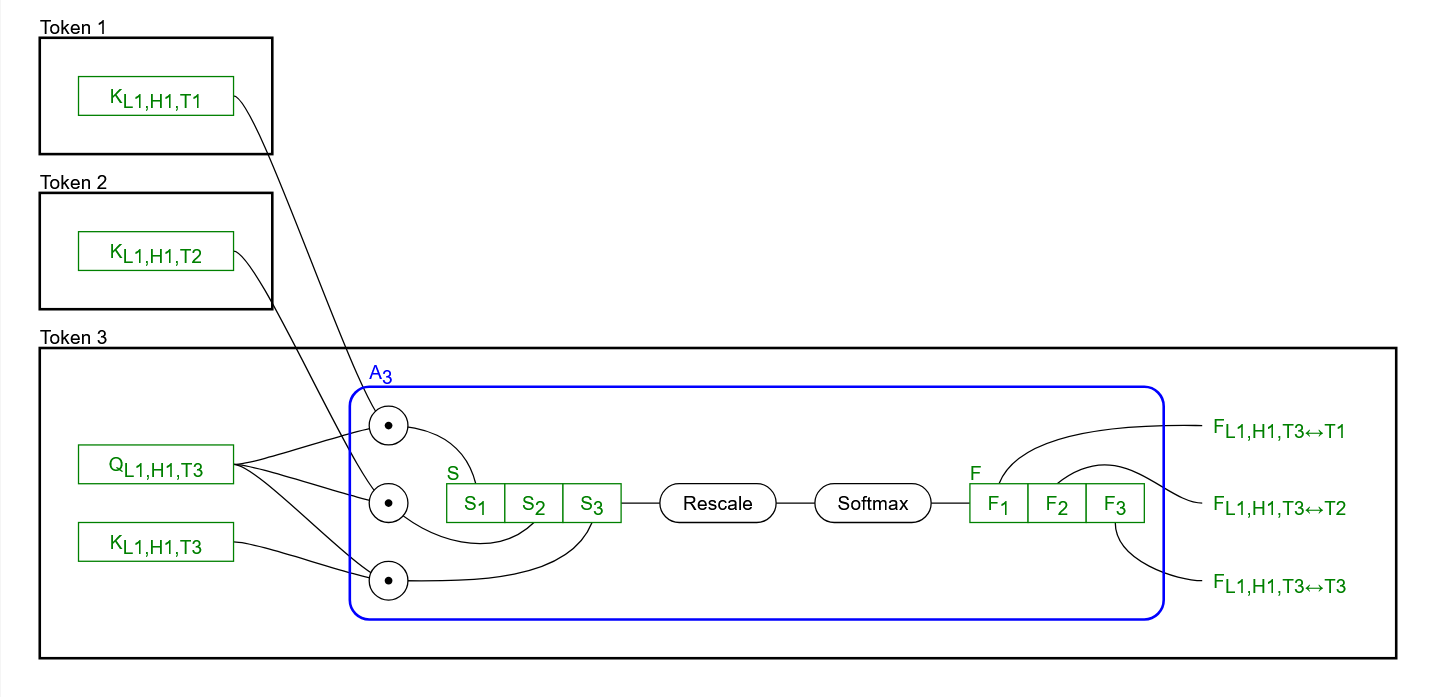Projects
GPTs in two (big) diagrams
August 2024
A lot of “How GPTs Work” articles and videos online are either too simplistic to be satisfying for technical people, or too low-level to give a unified picture of the whole system. Here I attempt to give a (basically) complete dataflow diagram of the transformer architecture, without going into the details of an efficient implementation.
Greek Vocabulator
Summer 2022
Greek Vocabulator lets you quickly read any unglossed passage of Greek by dynamically showing vocabulary and parsing information for hovered words. You can also print a list of definitions of unknown words for use in class. Runs entirely in your browser and can be downloaded for use without an internet connection.
Vocabulator
Spring 2021 - Spring 2022
Vocabulator lets you quickly read any unglossed passage of Latin by dynamically showing vocabulary and parsing information for hovered words. You can also print a list of definitions of unknown words for use in class. Runs entirely in your browser and can be downloaded for use without an internet connection.
Metacodex
Spring 2023
Many manuscripts of the Bible are freely available in high-resolution scans online, but it can be cumbersome to go from reading a Bible passage in a modern edition to finding a page scan of that passage in a particular witness or set of witnesses. Metacodex attempts to solve this problem by providing a simple interface to search either by passage (e.g., Jn 8) or by manuscript (e.g., aleph/Sinaiticus) and find links to online scans of the passage in original manuscripts.
WebGL Mandelbrot Deep Zoom
Fall 2021
Proof-of-concept WebGL renderer for the Mandelbrot set using perturbation theory to allow high-performance deep zooming.
Complex Implicit Solids
December 2021
One day after class, my professor and I wondered, "What does a circle look like when extended to the complex plane?" Neither of us were quite sure, so I made this program to visualize the shapes of familiar 2D equations when extended to complex x and y.

